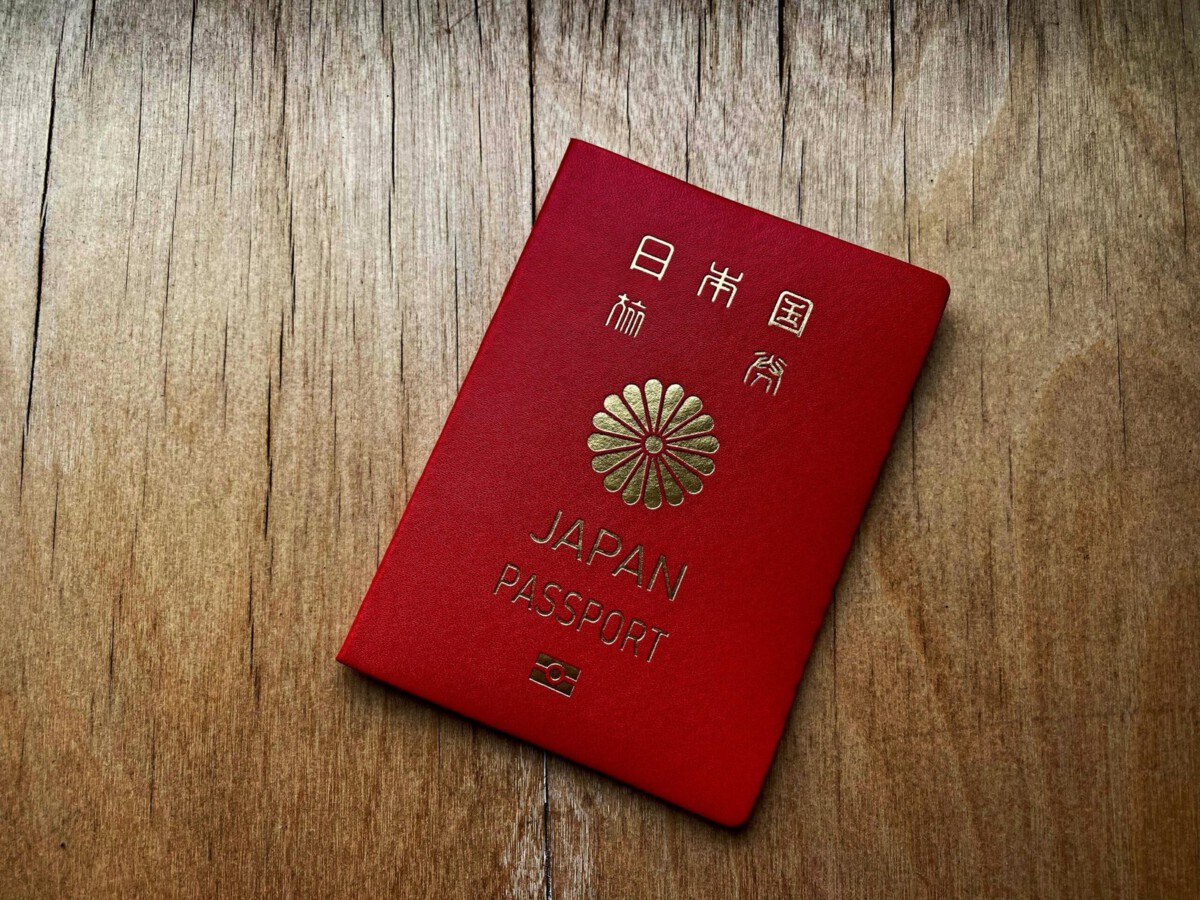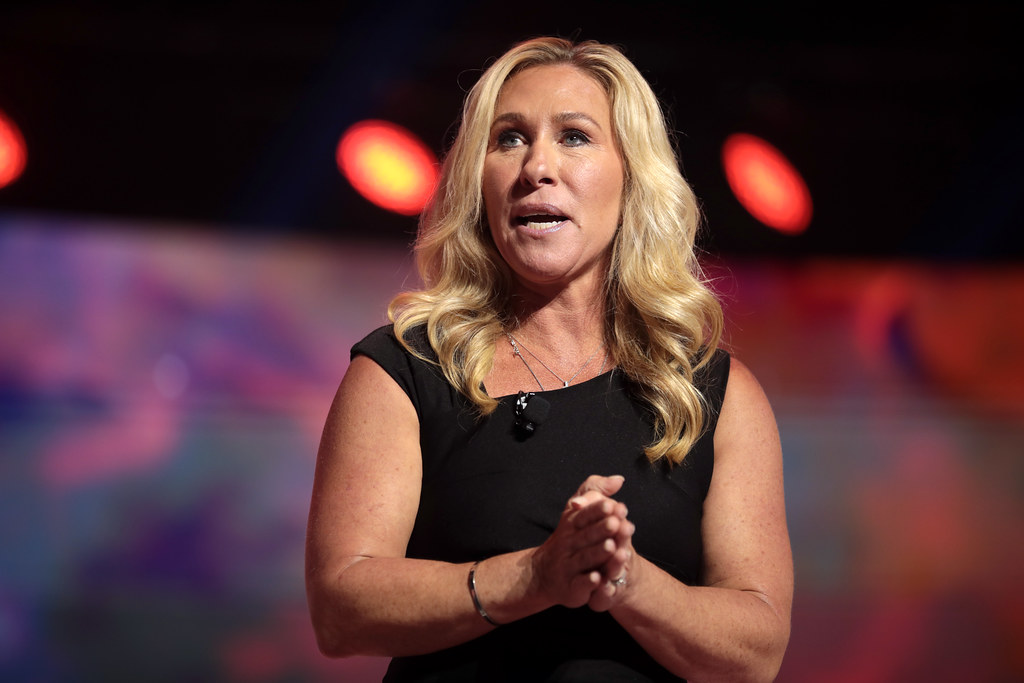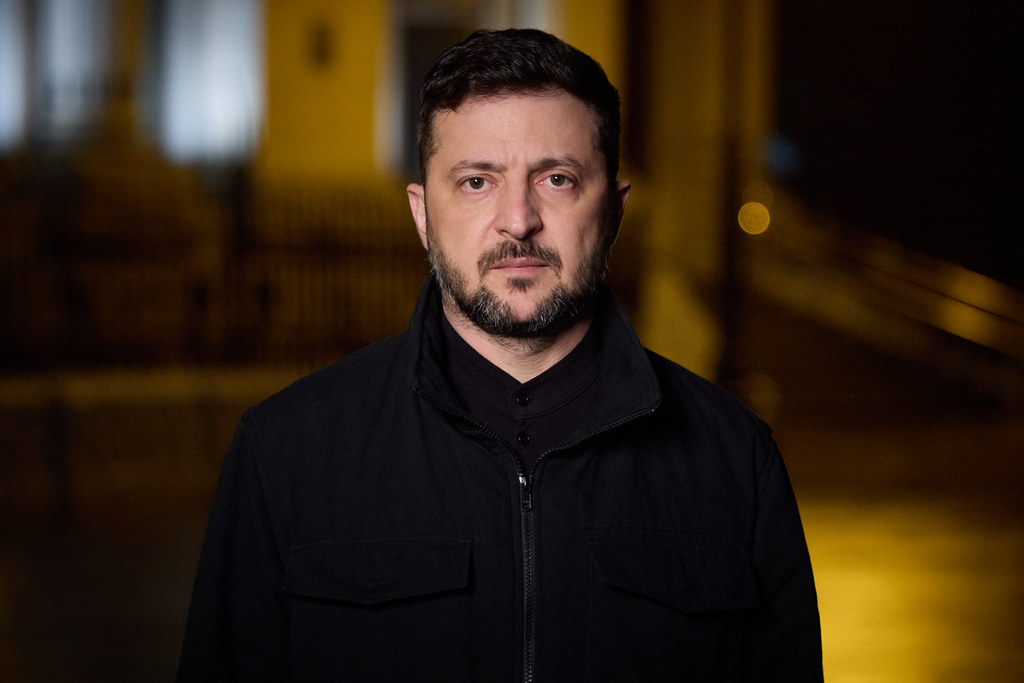Sustainable Tourism Practices

Iceland has become a shining example for countries looking to balance economic growth with environmental protection. The government enforces strict rules to protect the country’s stunning glaciers, volcanoes, and hot springs from overuse and pollution. For example, tourism operators are required to follow codes of conduct, and some fragile sites limit visitor numbers to prevent lasting damage. According to the Icelandic Tourist Board, around 70% of visitors are now aware of sustainability issues when choosing Iceland as a destination. This growing awareness means tourists are more willing to follow the country’s eco-friendly guidelines, such as staying on marked paths and minimizing waste. Iceland’s dedication to sustainability is not just about rules—locals and businesses actively encourage responsible behavior. This shared commitment helps keep Iceland’s unique landscapes pristine for future generations.
Year-Round Tourism Promotion

Iceland no longer relies solely on its brief but beautiful summer season to attract visitors. The country has worked hard to show that every season holds wonders, from the dancing Northern Lights in winter to blooming wildflowers and endless daylight in summer. This shift has led to a 25% increase in winter tourism since 2015, reducing the strain on popular sites during peak months. Hotels and tour operators now offer special packages for winter adventures, such as ice cave tours and geothermal spa visits. Local businesses have adapted by extending their hours and services, making it easier for tourists to enjoy the country all year. This approach also helps stabilize jobs in the tourism sector, preventing the feast-or-famine cycles many destinations face. Iceland’s year-round appeal keeps the economy humming while giving travelers more to discover.
Community Involvement

Local communities are at the heart of Iceland’s tourism strategy. The government actively seeks input from residents and works with small businesses to ensure tourism benefits everyone—not just big corporations. Authentic experiences like farm stays, fishing trips, and village festivals are created in partnership with locals, allowing visitors to connect with real Icelandic culture. This model helps spread tourism income beyond Reykjavik, supporting rural communities and preserving traditional ways of life. Tourism now contributes about 10% of Iceland’s GDP, showing just how important this sector is for families across the country. Community involvement also builds pride and a sense of ownership, leading to better care of natural and cultural resources.
Digital Marketing and Social Media

Iceland’s tourism board has embraced the digital age, launching creative campaigns that capture imaginations worldwide. The “Inspired by Iceland” campaign, for example, uses eye-catching videos, stories, and social media challenges to invite travelers to experience the country’s wonders. In 2022, this campaign racked up over 1.5 million interactions on platforms like Instagram and Facebook, making Iceland one of the most talked-about destinations online. These efforts turn ordinary travelers into brand ambassadors, as visitors eagerly share their own photos and stories. Digital marketing also allows the tourism board to quickly adapt to trends and address concerns, like travel safety or weather updates. By meeting travelers where they spend their time—online—Iceland keeps its tourism industry vibrant and relevant.
Focus on Health and Safety

Health and safety became a top priority during the COVID-19 pandemic, and Iceland responded with swift, science-based action. The country was among the first to set up comprehensive traveler testing, contact tracing, and vaccination programs. These measures reassured would-be visitors that Iceland was a safe place to explore. As a result, by 2023, the tourism sector had bounced back to 90% of pre-pandemic levels, outpacing much of Europe. Hotels, restaurants, and attractions keep rigorous hygiene standards, and emergency services are well-prepared for both health and natural emergencies. This proactive mindset gives travelers peace of mind, making Iceland a trusted choice in uncertain times.
Investment in Infrastructure

Recognizing the demands of a growing tourism sector, Iceland has invested heavily in its infrastructure. The government allocated over $200 million in 2022 to upgrade roads, airports, and tourist facilities, reducing congestion and improving safety. New trails, visitor centers, and rest stops have made even remote sites more accessible, while eco-friendly accommodations have sprung up across the country. This investment ensures that tourists can travel comfortably and efficiently, no matter the season. It also boosts the local construction and service industries, creating more jobs and spreading the economic benefits of tourism. Improved infrastructure helps Iceland maintain its world-class reputation as a travel destination.
Promotion of Local Culture and Heritage

Iceland’s rich culture is proudly showcased to visitors, from Viking sagas to modern art and music. Tourists are invited to join in traditional festivals, sample local cuisine like skyr and lamb stew, and explore centuries-old turf houses. The country has invested in museums and cultural events that share Icelandic stories and traditions. Cultural tourism now accounts for nearly 30% of all visits, attracting travelers who want more than just beautiful landscapes. By sharing its culture, Iceland protects its heritage while giving tourists unforgettable memories. Authenticity is a key selling point, setting Iceland apart from destinations that focus only on nature or adventure.
Environmental Education Initiatives

Educating visitors about Iceland’s fragile ecosystems is a priority. Many tours include lessons on geology, wildlife, and conservation, helping travelers understand their impact. For example, guides explain how to avoid disturbing nesting birds or damaging moss, which can take decades to recover. Signage at popular sites reminds visitors to follow simple rules, like packing out trash or using designated trails. Research shows that tourists who learn about the environment are far more likely to respect it, reducing litter and other problems. Iceland’s commitment to education turns visitors into protectors of its natural wonders, ensuring they remain unspoiled.
Collaboration with International Partners

Iceland works closely with global organizations like the United Nations World Tourism Organization (UNWTO) to share and adopt best practices. These partnerships allow Iceland to stay on top of industry trends and new challenges, such as climate change or shifting traveler expectations. For example, by working with the European Union and neighboring countries, Iceland has improved travel safety, marketing reach, and sustainability standards. International collaboration also helps Iceland attract diverse visitors and learn from the successes of other destinations. This global approach keeps its tourism sector resilient and adaptable.
Future-Proofing the Tourism Sector

Looking ahead, Iceland is determined to build a tourism industry that can weather any storm. The government is investing in renewable energy for hotels and transport, supporting research into low-impact tourism, and encouraging innovation in visitor experiences. Climate change remains a major concern, so new policies aim to limit the carbon footprint of tourism. These efforts include promoting electric vehicles, banning single-use plastics, and supporting local food systems. With a focus on resilience and adaptability, Iceland is ensuring that its tourism sector can thrive even as the world changes rapidly.





